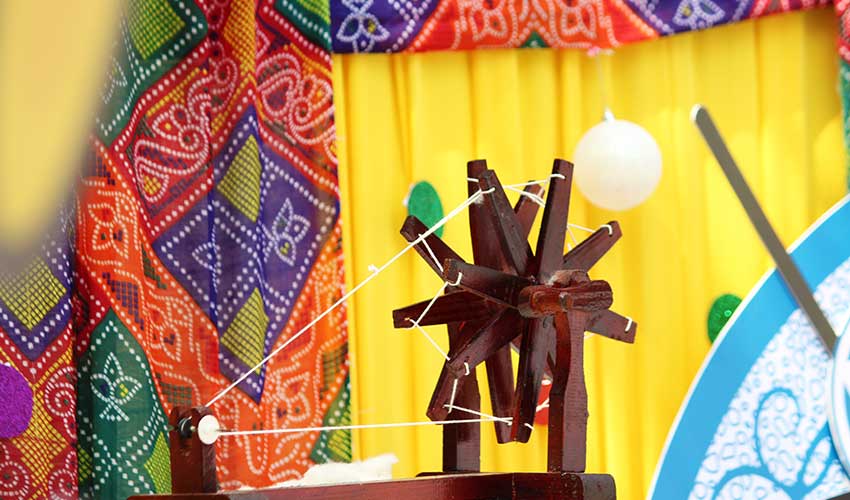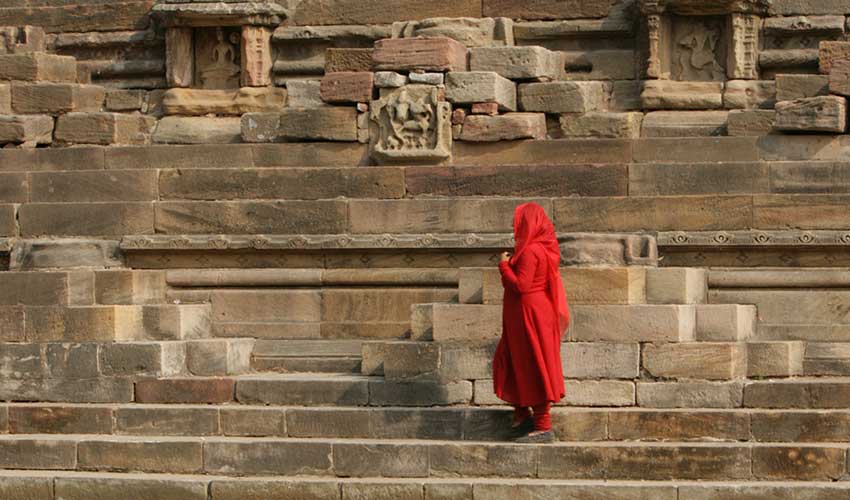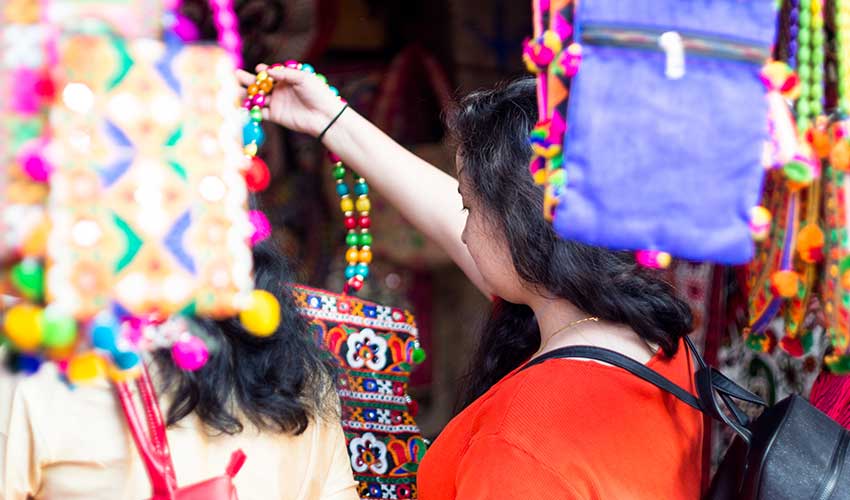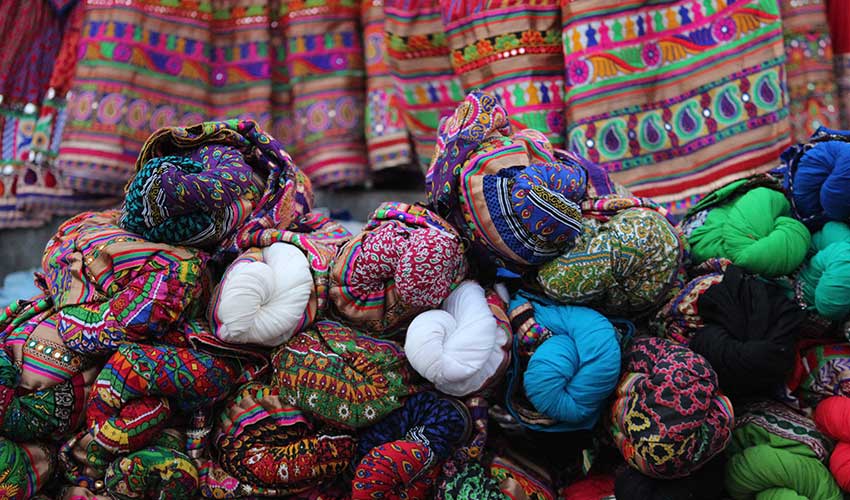Socialite and Art Consultant Umang Hutheesing passionately calls Ahmedabad the Splendour of the Orient built by Merchants. Umang is heir to a historic mercantile family of Ahmedabad that actively financed India at different stages of her history. His private collection of costumes and accessories of princely India is the largest such collection in the world.

People have historically loved to travel and discover new lands, explore new cities and experience different cultures. They have been called explorers, travellers and now tourists! The nouns change but the spirit of adventure still remains the same. Many of these travellers have documented their experiences in journals, paintings, photographs, films and now the social media, where they share their experiences with their friends and fellow citizens real time. These travelogues have become an important source of historical record for they are authentic first-hand accounts of people who have, as historians and travellers seen and experienced several places and can therefore compare and evaluate with the standards of that time.
“Look at the beautiful balconies over the Grand Canal with the romantic gondolas, it is Venice! And this magnificent villa on this graceful plaza, it is Florence!” These two historic cities are full of beautiful art and refined architecture, their squares are adorned with statues and fountains and there is sophistication in its people and vibrant culture alive in every street. After all, both these cities were built by its mighty merchants who were trading in jewellery, textiles and fine crafts. Florence and Venice are enchanting cities and millions of tourists from around the world come here every year to imbibe their magic.

Yet, unknown to the new generations of the world exist a third city of equal historical beauty and might. A city described by the famous French traveller and jeweller Tavallier a few centuries ago “the most beautiful city in the world” comparing it to Florence and Venice. He says there is no great Palace of King of this city, yet every home is exquisite with its lace like wooden facades. There are numerous streets with large gates and plazas full of lively activity and delicately carved pagodas to feed the birds in the middle. The people are intelligent and proud of their heritage. “A beautiful city built by its citizens, patrons of art, architecture and culture, this city of Merchants! …The city of Ahmedabad.”
Metropolitan Ahmedabad is the gateway to Gujarat, it was earlier known as Ashaval and then Karnavati. Today’s Ahmedabad was built by Sultan Ahmed Shah in 1411 AD on the banks of the River Sabarmati; for it was here as the legend goes that the Sultan had seen a hare hunt the hounds!

William Finch and Nicholas Withington, who stayed at Ahmedabad in 1611 AD “found fine inlay work, gold and silver brocade, velvets and taffetas”. German traveller, Mandesloe in 1638 AD described it as “the headquarters of manufacturers, the greatest city in India, nothing inferior to Venice, an unsurpassed commercial emporium where merchandise form any part of Asia could be had and where foreign bills could be exchanged”. Sir Thomas Roe thus writes to King James of England during Mughal Emperor Jahangir’s reign, “Ahmedabad is a Godly city, as large as London.”
James Forbes in his Oriental Memoirs published in 1813 AD described the city of Ahmedabad, “Until this visit to Ahmedabad, I had no conception of the extent of oriental magnificence, the palaces and splendid chambers described in the Arabian Nights Entertainments, appear no longer over charged or fabulous.” Lock wood de Forest, noted American Artist and Decorator, was so impressed with “the exquisite taste and beauty of Ahmedabad’s Havelis that he and Louis Tiffany of Tiffany & Co, USA started a partnership with the Hutheesing Family in 1881 AD. Together they created architectural and interior marvels of Ahmedabad’s Splendour, winning nine international gold medals in the World Expos in Paris and London. They proceeded to do the interior of The White House, The Kensington Palace and several other landmark buildings in America and Europe; this, when the world was imitating Imperial Europe in art and design.

Modern Ahmedabad is a city raised not by imperial powers, but by its mercantile community, it’s ‘Mahajans’! The Mahajans contribution to the building of our nation is exemplary. Their culture of enterprise brought significant wealth and prosperity through trade and industry. Ahmedabad became the Manchester of the East with maximum number of textile mills. This culture of enterprise and entrepreneurship continues till this date. The Mahajans were renowned for their culture of philanthropy and patronage building educational and cultural institutes, temples, museums, hospitals and several other community welfare trusts and endowments. They invited leading architects of the time like Le Corbusier, Louis Khan, and Claude Bathey to build institutions. Ahmedabad’s unique culture of enterprise and philanthropy made it the epicentre of Mahatma Gandhi’s Swaraj Movement. It was here Gandhi ji established the Sabarmati Ashram, from where he orchestrated India’s Freedom Movement, the rest is history.
Ahmedabad’s legendary wealth produced magnificent Haveli’s of artistic and cultural splendour, bringing to life the fact that India is an ancient living tradition alive and vibrant in its homes, not necessarily fossilised in the museum and is a land of colour, each having its own significance and iconography, a land of ‘more’ rather than ‘less’; a seamless union of the classical and the contemporary!





